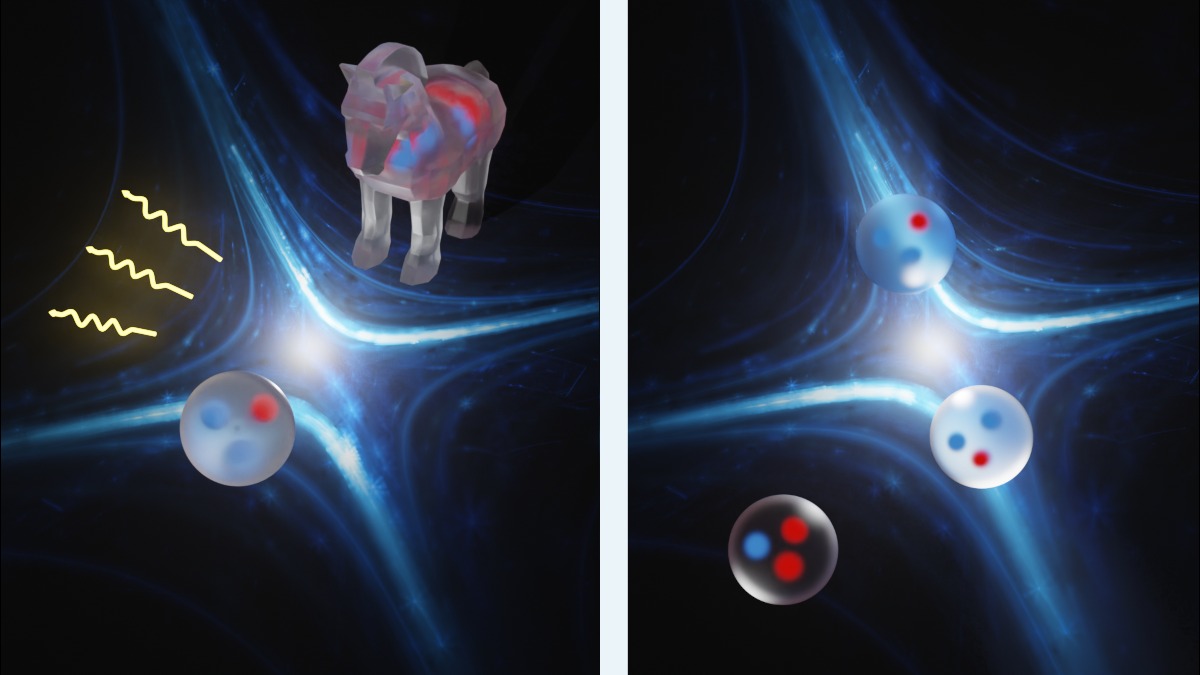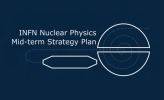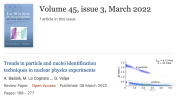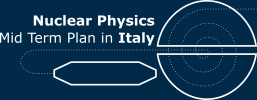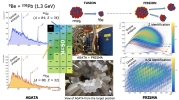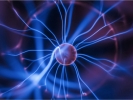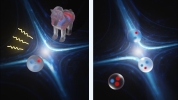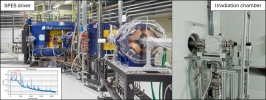Tackling the hypothesis of charge independence and charge symmetry of nuclear forces using the Trojan Horse Method
The difference in proton-proton and neutron-neutron scattering lengths contributes to understanding the charge-symmetry breaking of nuclear forces, yet, the Coulomb-free proton-proton scattering length (app) cannot be measured directly and relies heavily on numerous and distinct theoretical techniques to remove the Coulomb contribution. In the article here highlighted and available online at https://doi.org/10.1038/s42005-023-01221-0 or as a PDF here https://www.nature.com/articles/s42005-023-01221-0.pdf, the authors determine the Coulomb-free p-p scattering length from the half-off-the-energy-shell p-p scattering cross section measured at center-of-mass energies below 1 MeV using the quasi-free p + d→p + p + n reaction. The resulting difference in proton-proton and neutron-neutron scattering lengths suggests a lower charge symmetry breaking of nuclear forces than predicted so far. A model based on universality concepts has been developed to interpret this result in the framework of the short-range physics. This result reveals a field of low-energy nuclear physics that borders on the complexity of elementary particle physics, but which can be described with the great simplicity that characterizes the window of universality.
